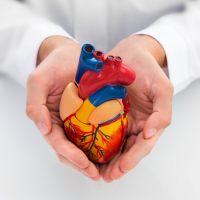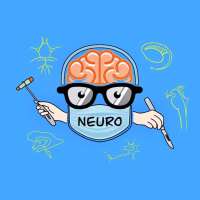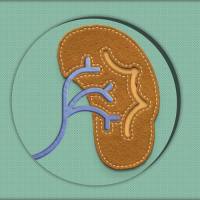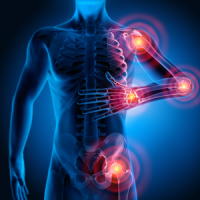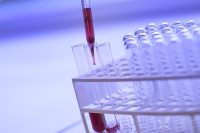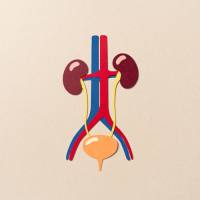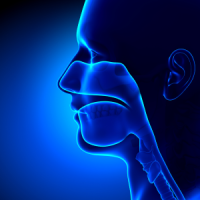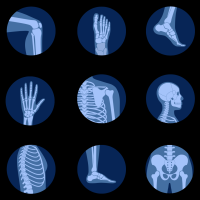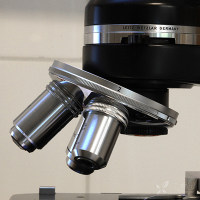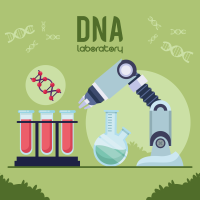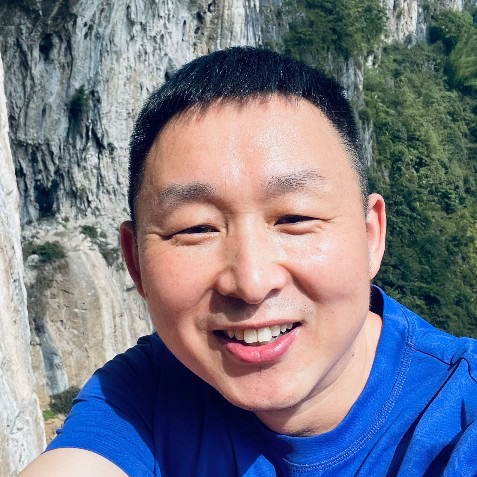【Fast Breaking Comments】Purified Argonaute2 and an siRNA form recombinant human RISC
Article Title: Purified Argonaute2 and an siRNA form recombinant human RISC
Authors: Rivas, FV;Tolia, NH;Song, JJ;Aragon, JP;Liu, JD;Hannon, GJ;Joshua-Tor, L
Journal: NAT STRUCT MOL BIOL
Volume: 12
Issue: 4
Page: 340-349
Q:Why do you think your paper is highly cited?
A:This paper showed definitively that human Argonaute2 (hAgo2) is indeed "Slicer," the catalytic component of the RISC complex. Moreover, it showed that all that is needed for slicer activity is Argonaute and the siRNA guide. Slicing, or mRNA endonucleolytic cleavage, is the key even in RNAi posttranscriptional silencing. This minimal system also provided the opportunity to examine what features of RISC activity reside in Argonaute and what resides elsewhere, perhaps in another component of RISC.
Q: Does it describe a new discovery or a new methodology that's useful to others?
A:This paper describes an expression system for hAgo2 in E. coli. It appears to be useful to others since we have been sending out this expression system to labs all over ever since the paper was published. This now can be used to examine other features of RISC, since one would be able to constitute various activities in vitro using this system as the starting point.
Q: Could you summarize the significance of your paper in layman's terms?
A:RNA interference (RNAi) has emerged as a widespread biological regulatory mechanism, a powerful tool for both basic and applied research, and as a therapeutic strategy of enormous potential. It has taken experimental biology by storm. In organisms from fungi and flies to plants and humans, RNAi plays an essential, multifaceted role in controlling gene expression. One of the best-studied RNAi mechanisms is the quashing of gene expression through the cleavage and destruction of templates for protein synthesis called "messenger RNA," or mRNA.
Until recently, however, the identity of the molecular scissors that actually cut messenger RNA during RNAi has remained elusive. The solution to this puzzle emerged when we showed that the structure of an Argonaute protein revealed a region that is the spitting image of another enzyme called Ribonuclease H (RNase H) that is known to cut RNA. This led to the proposal that Argonaute functions as the important "Slicer" in a molecular machine called RISC, which was known to carry out this critical step of RNA interference. We could also suggest how this would be guided by the siRNA to cut the mRNA.
In collaboration with my colleague Greg Hannon, we tested this in the mammalian cells and showed, based on the structure for human cells, Argonaute 2 was Slicer. However, this was shown for proteins that were purified directly from human cells. As there appeared to be a marked difference between the different human Argonautes, there was some possibility that a minor impurity was modulating the activity that we saw.
We therefore decided that we must produce the protein in cells that lack RNAi all together. The bacterium E. coli was the prime candidate for this. Being able to show that a protein produced in E. coli had this activity was the first important step, but this was closely followed by the realization that this provided a paired-down system that was optimal to test many known?or as yet unknown?discovered features of RNAi slicing activity, some of which were explored in this work.
Q: How did you become involved in this research, and were any problems encountered along the way?
A:RNAi is an exciting new field and, as the components of this important biological pathway were being unraveled, much of the work was done here at Cold Spring Harbor Lab. It made an enormous impact on biology in a very short period of time. What impressed me most was how much it benefited from an incredible marriage of genetics, biochemistry, molecular biology, and bioinformatics. We thought that there was a great opportunity for structural biology which could drive much of the biochemical and mechanistic studies. Indeed, our structural studies of Argonaute drove much of the biochemical work described in this paper.
Leemor Joshua-Tor, Ph. D.
Professor
Keck Structural Biology Laboratory
Cold Spring Harbor Laboratory
Cold Spring Harbor, NY, USA












